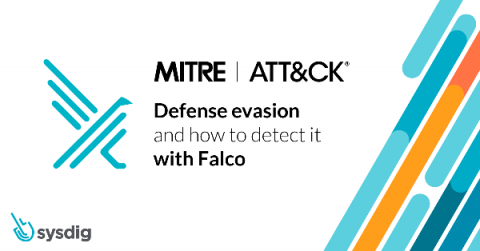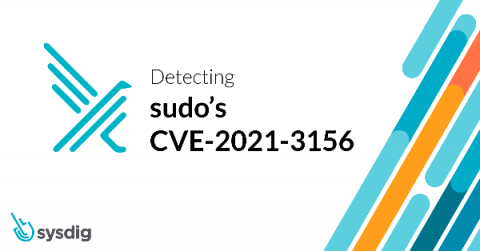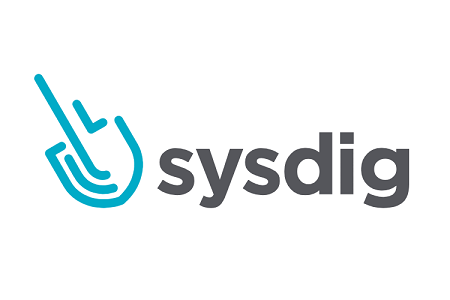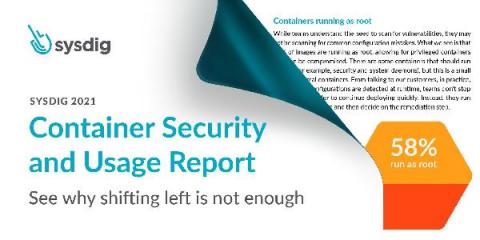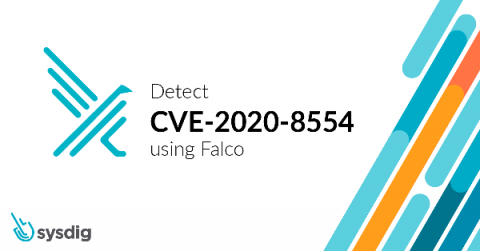Detecting MITRE ATT&CK: Defense evasion techniques with Falco
The defense evasion category inside MITRE ATT&CK covers several techniques an attacker can use to avoid getting caught. Familiarizing yourself with these techniques will help secure your infrastructure. MITRE ATT&CK is a comprehensive knowledge base that analyzes all of the tactics, techniques, and procedures (TTPs) that advanced threat actors could possibly use in their attacks. Rather than a compliance standard, it is a framework that serves as a foundation for threat models and methodologies.


